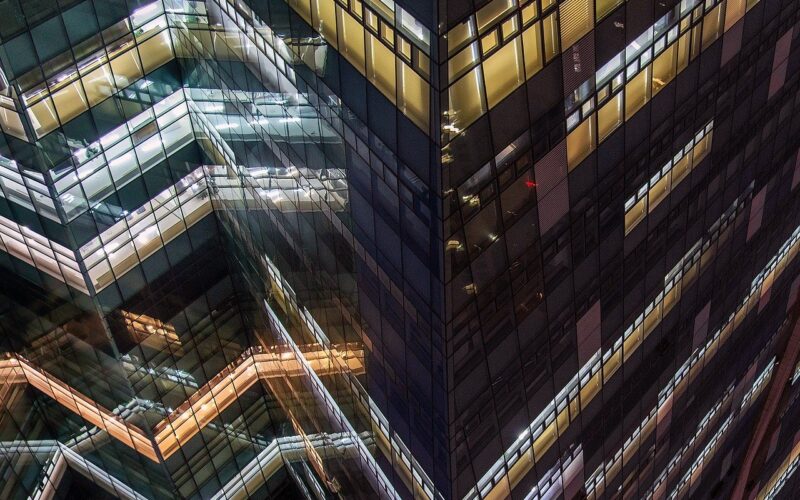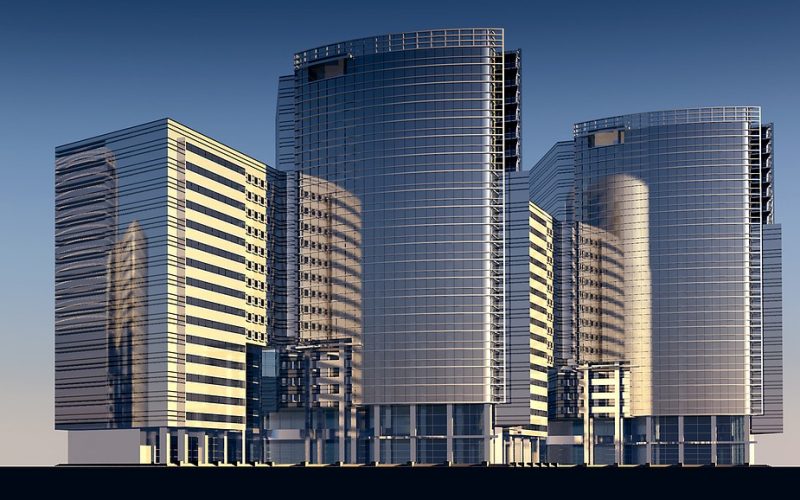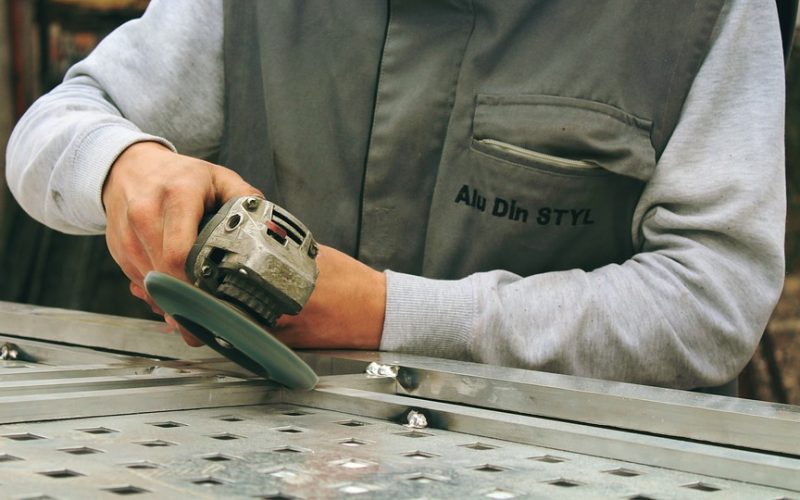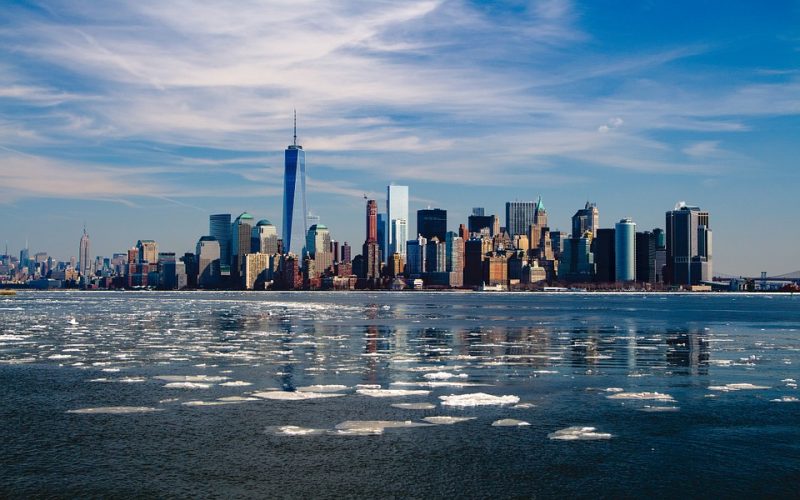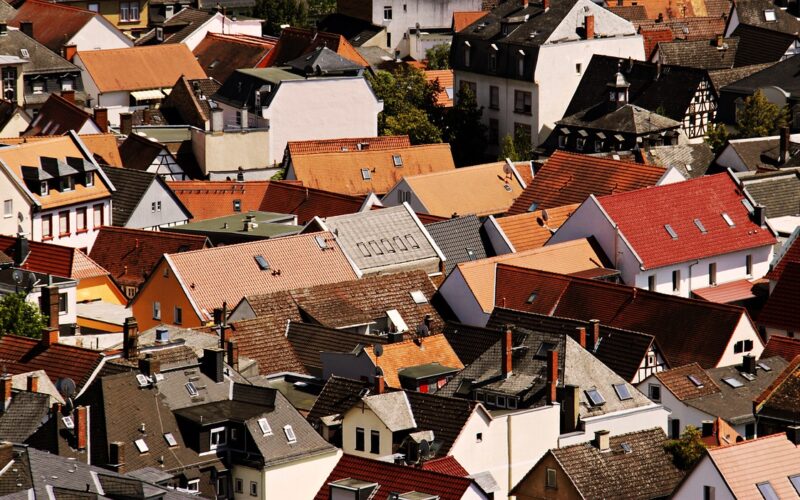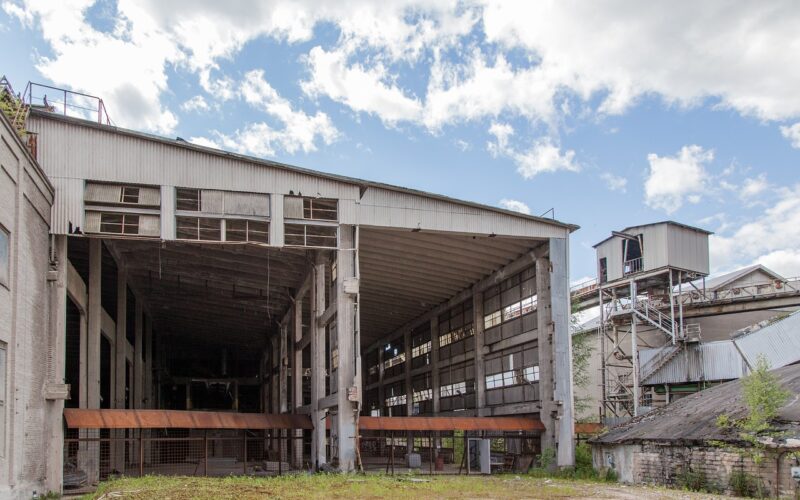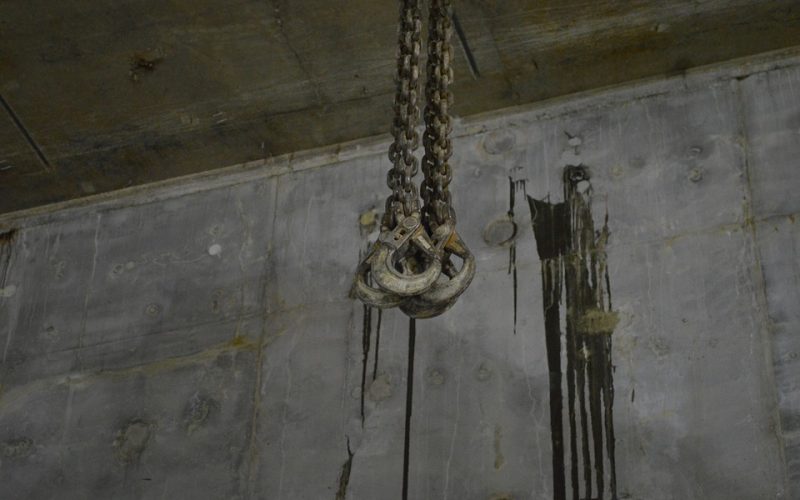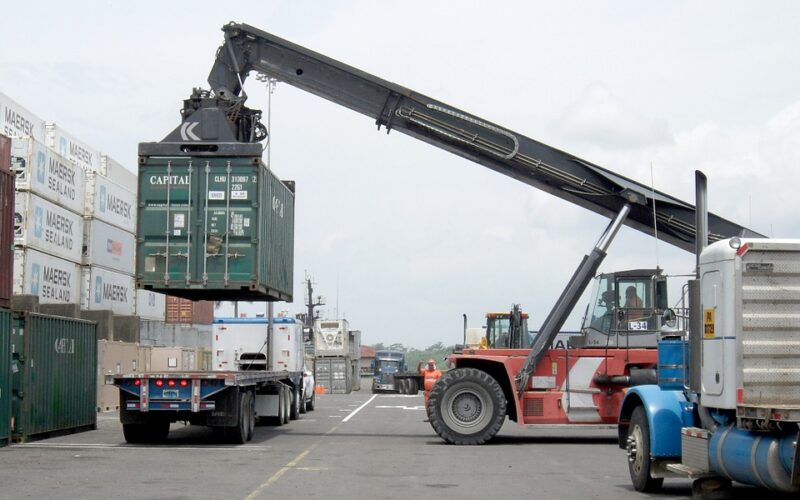The Rise Of Supertall Skyscrapers
The skyline of modern cities is changing dramatically with the rise of supertall skyscrapers. These breath-taking structures, often exceeding 300 meters in height, are not just architectural marvels but also symbols of a city's economic might and technological advancement.
The allure of reaching for the skies
The dream of building upwards has captivated humanity for centuries. Today's supertall skyscrapers represent the pinnacle of that longing—a blend of necessity and ambition propelling architecture into the clouds. Cities with limited ground space like New York, Dubai, and Shanghai have turned to the skies for expansion, where the only way to grow is up. These imposing towers also serve as a magnet for tourists and businesses alike, offering unparalleled views and prestige.
Technological innovations in construction
The surge in supertall buildings has been made possible by remarkable innovations in construction technology. Advances in materials such as high-strength concrete and steel, sophisticated wind engineering, and efficient elevator systems have all played a crucial role. These technologies not only support the immense weight and height but also ensure the safety and comfort of occupants against the challenges posed by nature including wind and seismic forces.
Supertall but sustainable?
In an age where sustainability is a global priority, the rise of supertall skyscrapers raises questions about their environmental impact. Architects and engineers are responding by integrating green technologies such as energy-efficient glazing, solar panels, and advanced HVAC systems to minimise their carbon footprint. Some of the newest skyscrapers are built with LEED certification standards in mind, aiming to achieve a harmony between remarkable height and environmental responsibility.
The economics of building skyward
The economics behind these giants are as towering as their structures. Supertall skyscrapers are expensive undertakings, with costs running into billions of dollars. However, they can be economic powerhouses, generating significant revenue through commercial rents, residential sales, and tourism. They also act as catalysts for further development and can increase surrounding property values, fuelling a virtuous cycle of economic activity.
The cultural impact of towering structures
Beyond the awe-inspiring facades, supertall skyscrapers have a profound cultural impact. They redefine not only a city's skyline but its identity as well. These buildings become landmarks, icons that symbolise progress, innovation, and the aspirations of a city or nation. Yet, they also prompt us to reflect on our relationship with the urban environment and the scale of our ambitions.
The future of skyscrapers
The race to the top shows no signs of slowing down. Architects and urban planners are already envisioning buildings that will surpass our current supertalls. Technological advancements continue to push the boundaries of what's possible, suggesting that future skylines will be populated with structures even more astonishing than those we see today. But as they climb higher, the challenge will remain to balance the human scale with superhuman height.
The rise of supertall skyscrapers marks an exciting era in urban development. While they embody the dreams of a society striving to transcend limits, their continuous evolution will be a testament to human ingenuity and the shared quest for sustainable development.
